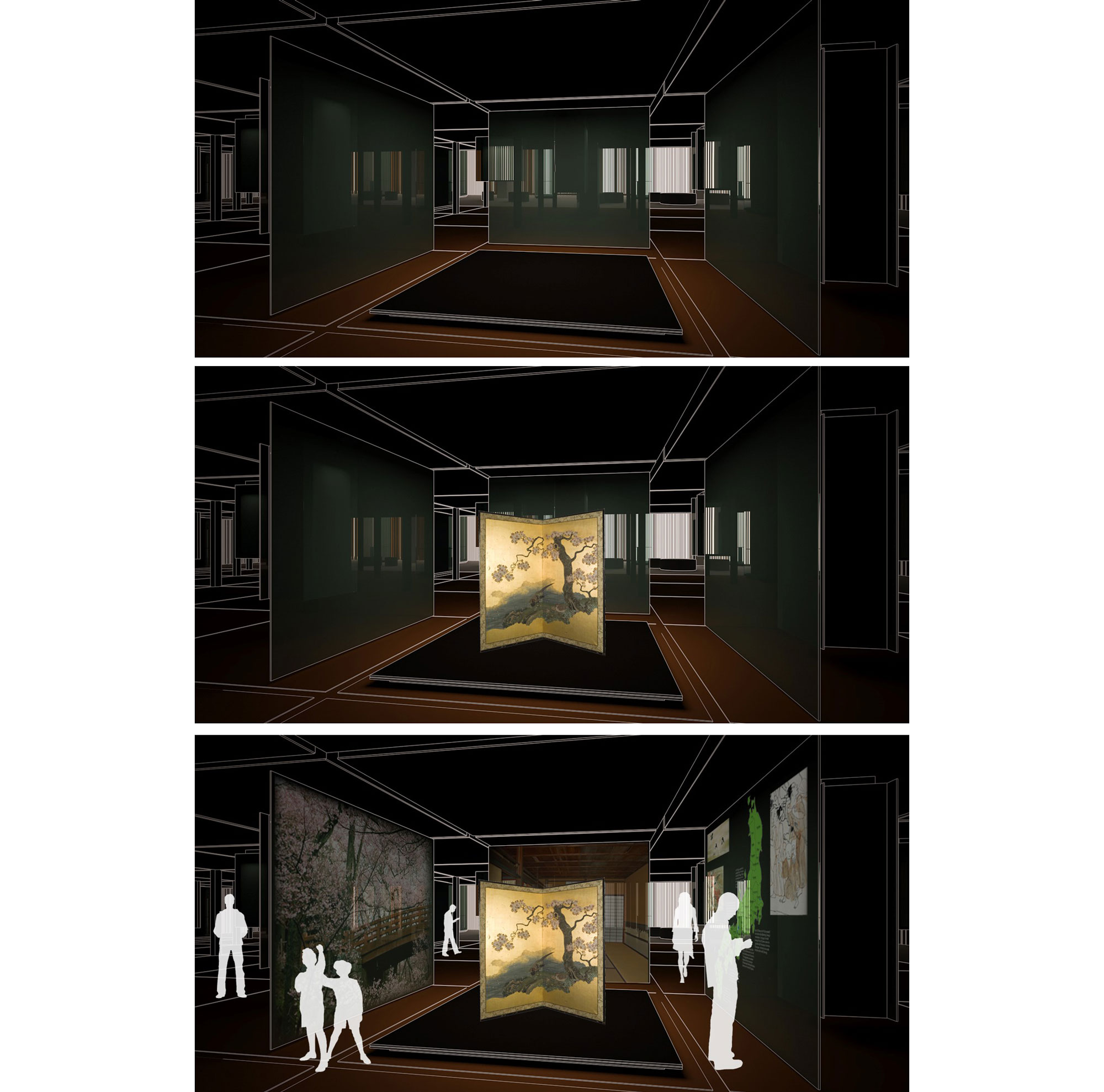Ethnological Museum
The current architectural layout of the Ethnological Museum was created at the beginning of the 1970s by the architect Lucio Passerelli, during the Papacy of Paul Vi, in keeping with his intentions: to turn the huge collection from the missionary presence worldwide, originally held in the Lateran Palaces, into a new Museum within the Vatican Museum system. In March 2011, the Director of the Ethnological Museum entrusted MdAA with the development of a preliminary project for the restructuring of the old Museum, with a view to improving and extending the visitor routes, maintaining the structural elements of the previous project while adapting the space to the new requirements that have emerged over the years.

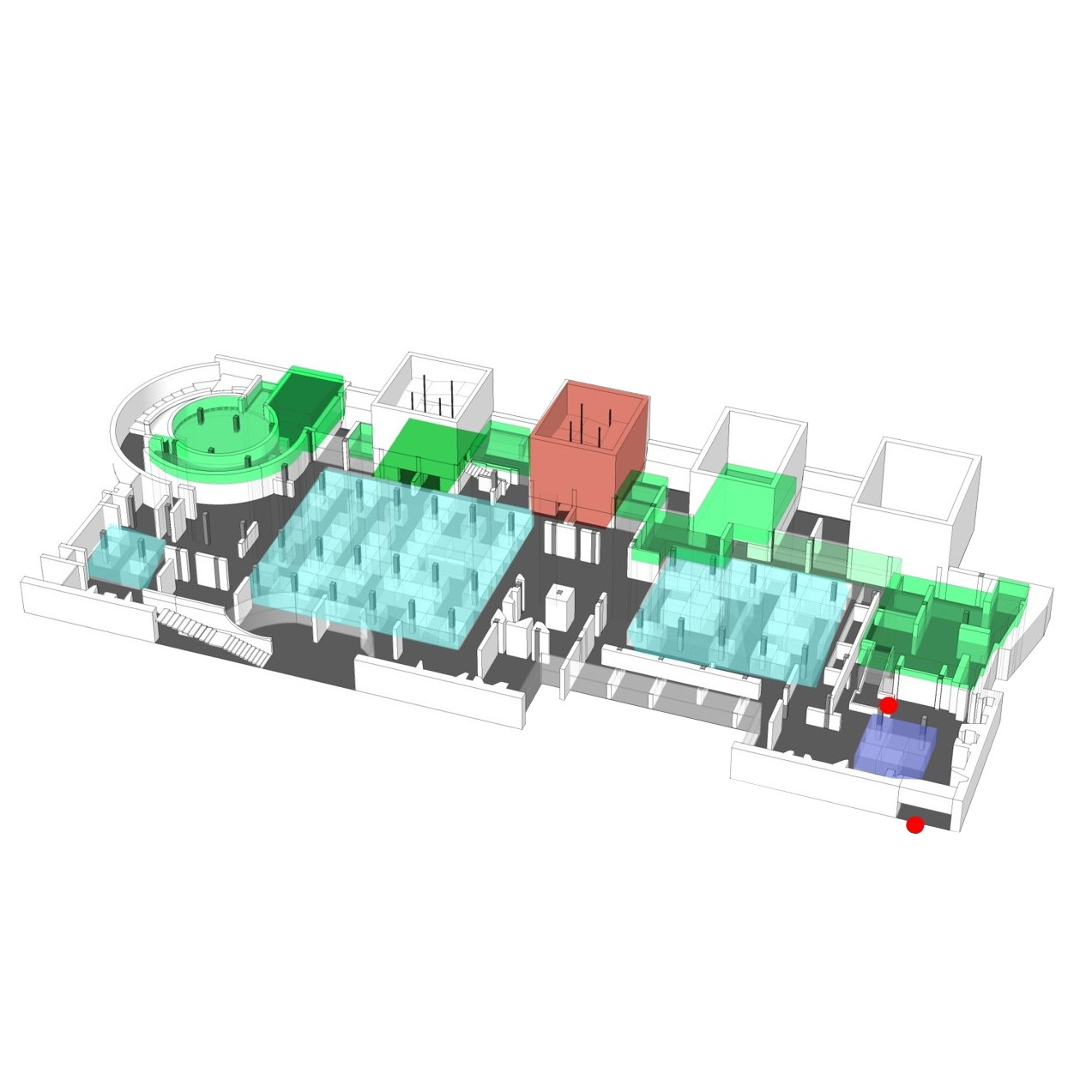
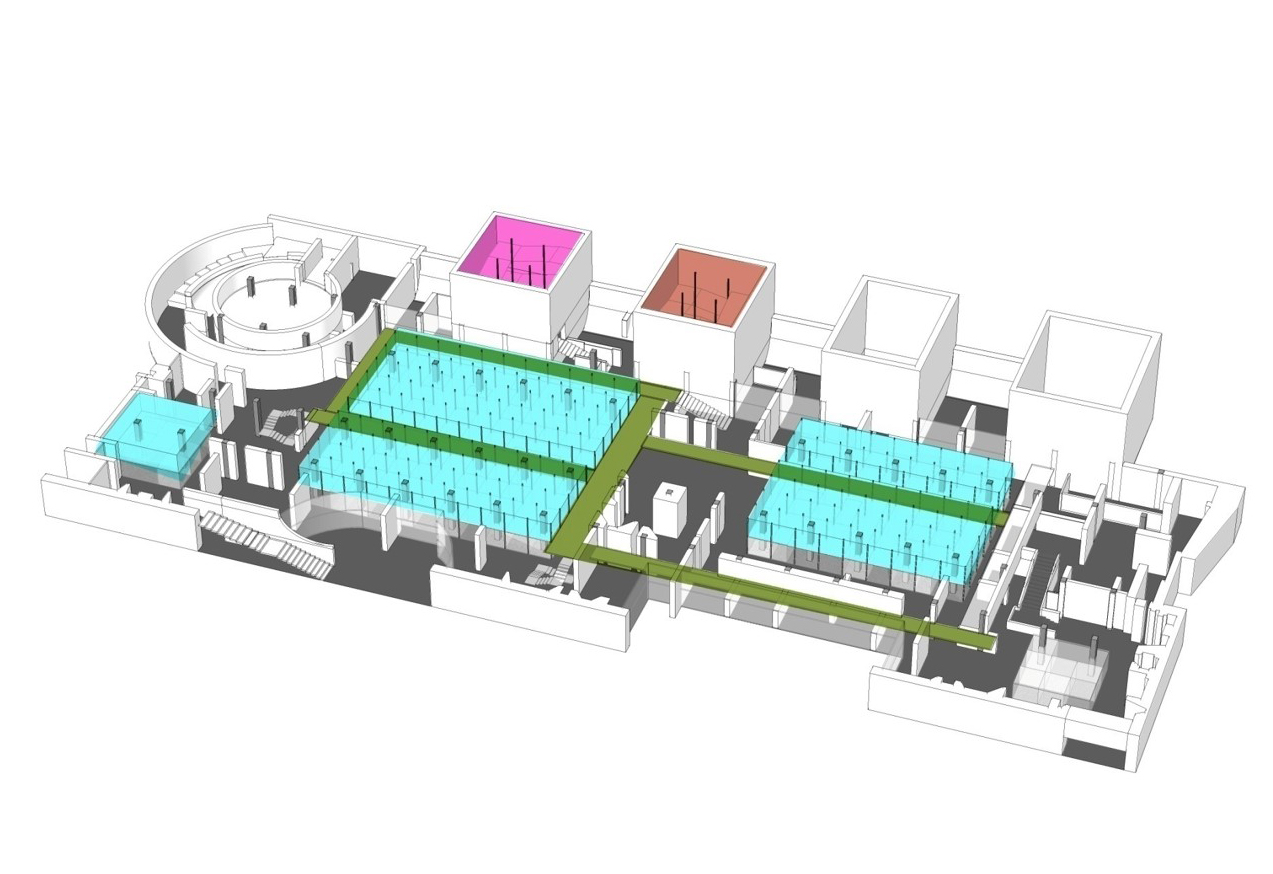
The key area in the new project was to become a dual-height gallery crossing the entire length of the museum; this space was to have a celebratory value, in the sense that it was to host the most important pieces in the collection, yet also function as an area linking the entrance area (temporary exhibitions) and the area dedicated to the permanent collection.

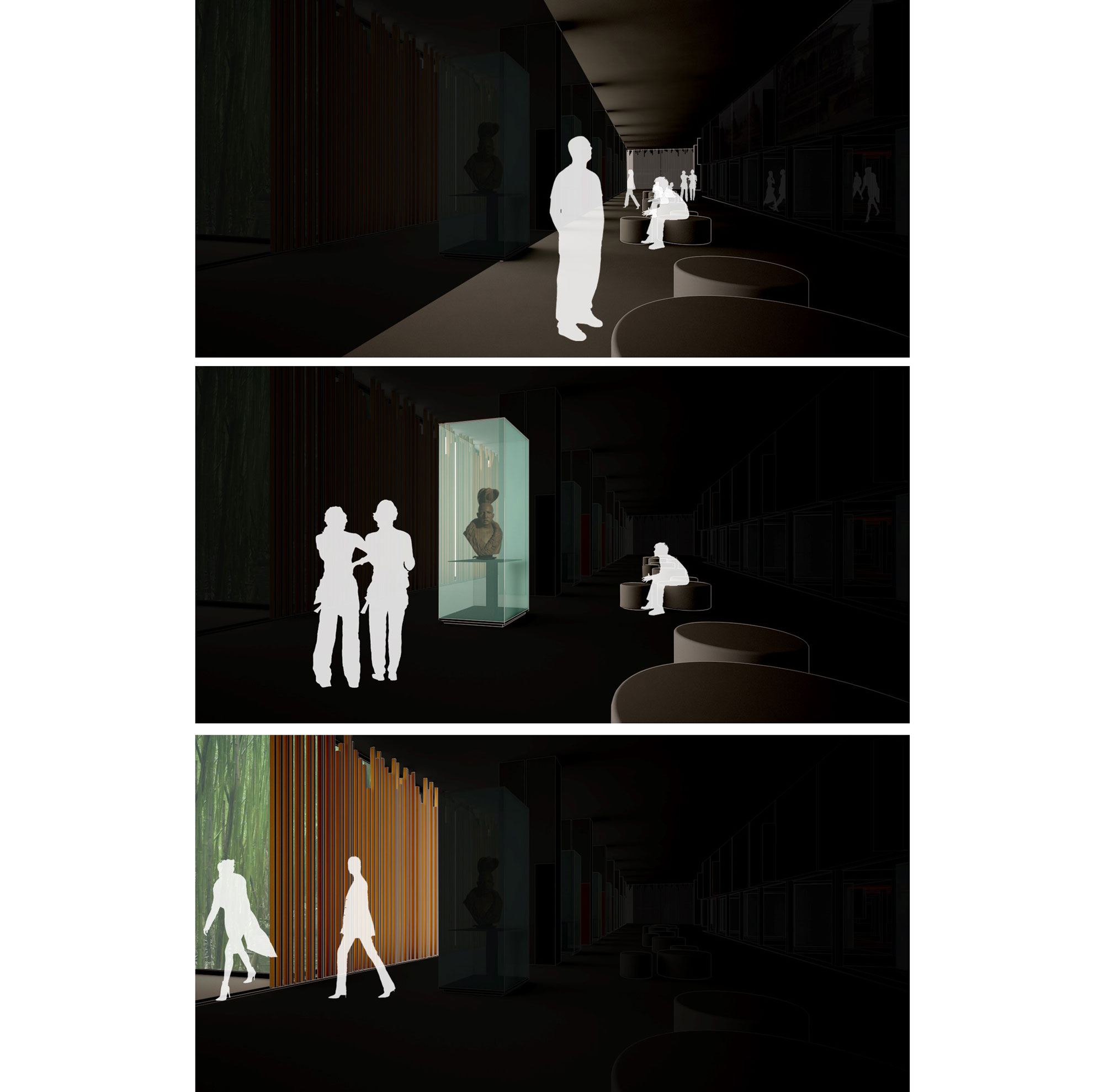
The first floor has instead been used as a storage area for the material not currently on display, arranged along the same lines as the geopolitical areas of the permanent exhibition, and with an archive system that facilitates direct consultation by academics and researchers. On the walls of the Gallery heading towards the storage areas, a system of images and graphic design elements (fixed or projected) has been planned to explain the order of the elements stored in the archives.

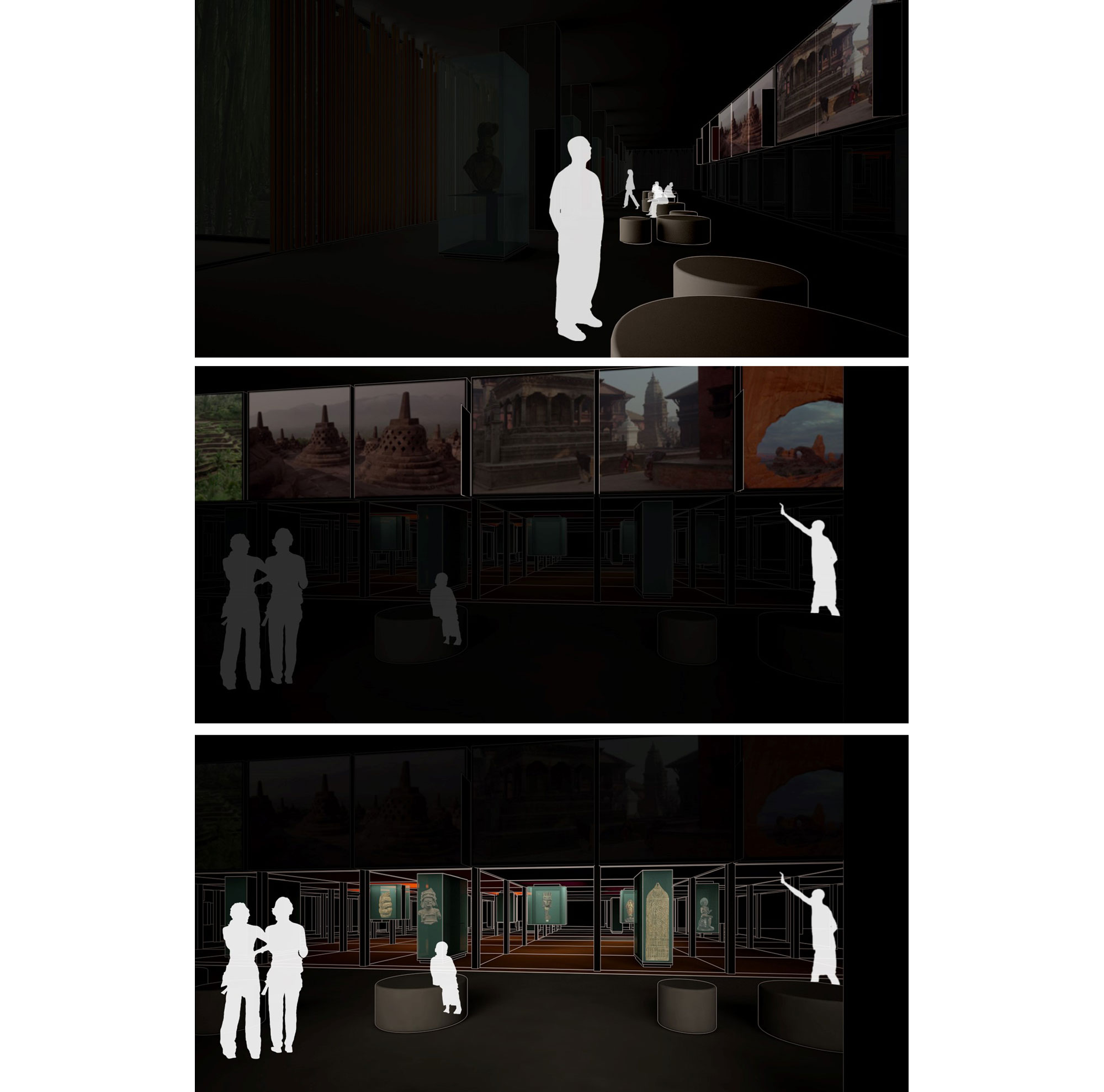
Having recovered the load-bearing structure of the old containers, an exhibition was planned on the ground floor of a more significant part of the permanent collection: a selection of the material stored, ordered according to the various geopolitical areas, thus forms the structure of the permanent exhibition, taking care, however, to surround each exhibit with a contextualised reference abe to reconstruct the history, culture, traditions and customs of the civilization they come from.

